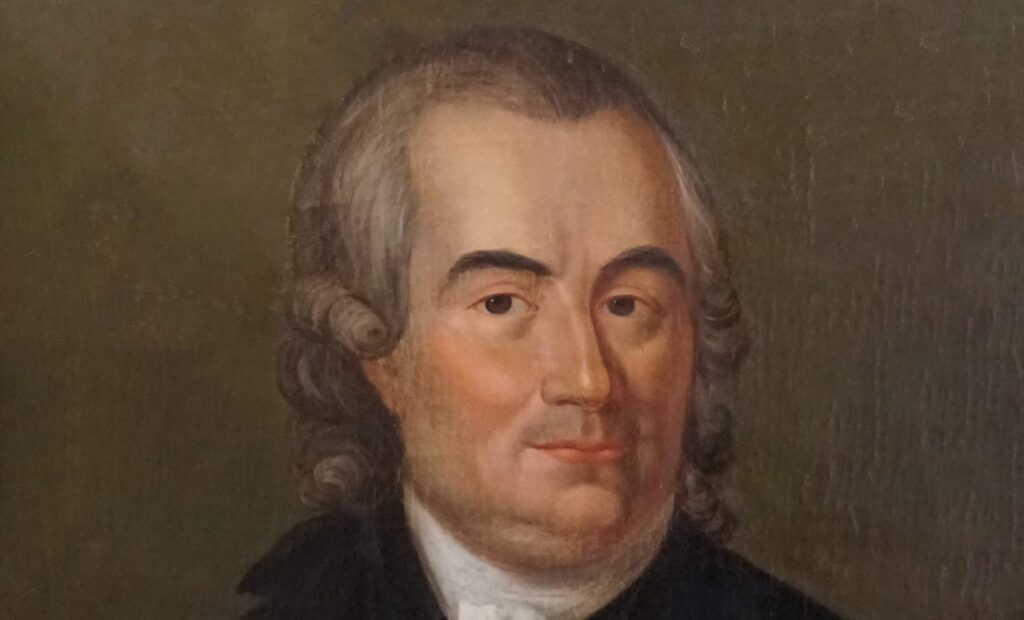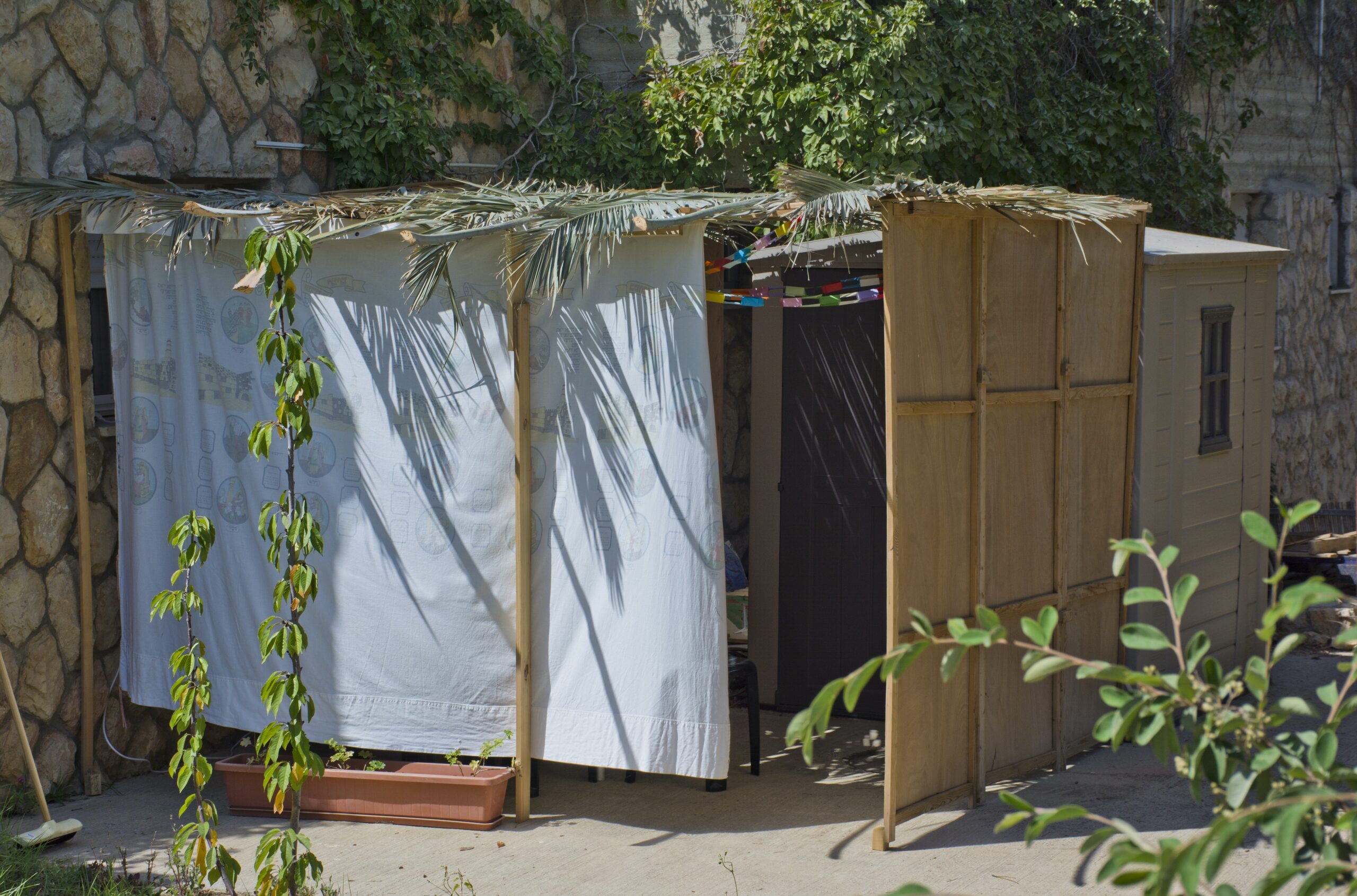250 Years of Jewish Life in Sweden
Sweden is one of the few European countries where more Jews live today than before the Second World War. Due to rising antisemitism and Europe’s long-standing history of antisemitism, the Swedish government has decided to highlight Jewish culture, tradition, and life by celebrating 250 years of Jewish presence in the country this year.

In 1775, the German seal engraver Aaron Isaac came to Sweden and received a letter of protection from King Gustaf III. He was also given permission to start Sweden’s first Jewish congregation.
In 1775, the German seal engraver, Aaron Isaac, came to Sweden and was granted a letter of protection by King Gustav III. Aaron Isaac, who has been called “the first Jew to settle in Sweden”, was permitted to establish the country’s first Jewish congregation. It was not until February 1870 that the Swedish parliament made a decision granting Jews the right to hold public office, which allowed also be elected to parliament.
The decision to celebrate Jewish life in Sweden should be seen against the backdrop of Europe’s historical antisemitism which has recently seen a resurgence through influences from the Middle East. Over 100 years ago, more than 10 million Jews lived in Europe. As a result of pogroms in the Russian Empire and the Nazi genocide that followed, the continent has been close to ethnically cleansed of Jews, leaving just over one million now remaining.
That there were 10 million Jews in Europe a little over a century ago is due to events around the start of the Common Era, when the Roman Empire occupied Israel 2,000 years after the patriarchs Abraham, Isaac, and Jacob lived there. Eventually, the Temple was destroyed, Jerusalem was turned into a Roman city, and a temple to Jupiter was built on the Temple Mount. Most Jews were driven out and forbidden to return.
Before this, a Greek empire had violated the land, and Antiochus IV Epiphanes had built an altar to Jupiter – the Greek equivalent, Zeus – in the Temple. Assyrian, Babylonian, and Persian empires had preceded the Greeks, and after the Roman occupation, Byzantines, Arabs, Crusaders, Mamluks, Ottomans, and the British all took control of the area before the Jewish people – after 2,000 years in exile and backed by millennia-old ties and a UN General Assembly decision – regained their ancient homeland.
Antisemitism in the Church
Jewish migration to Europe sometimes happened voluntarily in search of a better future, but not seldom as a result of forced expulsions and war. A thousand years after the destruction of Jerusalem, many Jewish communities had been established across Europe.
The Church’s alliance with power laid the foundation for a Christian-form of antisemitism that led to Crusades, massacres, and Jewish persecution in the 12th century. Jews were accused of killing Christ, of ritual murder, and of using the blood of Christian children in their Passover rituals.
In Uppsala Cathedral, there is a 14th-century sculpture – created long before Jews arrived in Sweden – depicting Jews suckling a sow. Hundreds of thousands of Jews were expelled from countries such as England, France, Spain, and Portugal.
Around the turn of the 20th century, approximately 2,000 Jews fled to Sweden from pogroms in Eastern Europe. During the 1930s Jewish persecution in Nazi Germany, Sweden, according to the Jewish Museum, admitted only about 3,000 Jews due to a restrictive refugee policy.
As early as 1909, the Swedish Society for Racial Hygiene was founded, and Sweden became a leader in race-biological “research” and in May 1921, with broad support, the Swedish parliament, established the National Institute for Racial Biology.
Fleeing from Poland
In October 1939 – a month before Kristallnacht – German authorities were urged by Sweden and Switzerland to stamp a “J” in Jewish passports to facilitate rejections at the border. Two weeks later, the Swedish National Board of Health and Welfare issued a secret circular that Germans with a “J” stamp should be turned away.
When the tide of war turned in the Allies’ favour and the Holocaust reached Norway in the autumn of 1942, the Swedish Foreign Ministry began developing bureaucratic resistance to the genocide. The realisation that a Swedish connection could protect Jews from deportation led Swedish diplomats to enter negotiations with authorities in Germany, Norway, France, Denmark, and Hungary.
Thousands of Jews in countries including Norway, Denmark, and Hungary were rescued through Foreign Ministry operations, which culminated in Budapest in 1944, where Raoul Wallenberg, the Swedish Houses, and Swedish protective passports saved tens of thousands of people. At the end of the war, there were about 200,000 refugees in Sweden, of whom 20,000 were Jews.
In the late 1960s, 2,700 Polish-Jewish refugees arrived in Sweden following antisemitic persecution in communist Poland – despite the fact that nearly all of Poland’s approximately 3.5 million Jews had already been murdered in the Holocaust.
Antisemitism from the Middle East
Following the Syrian war and subsequent refugee crisis, antisemitic sentiment from the Middle East has given new energy to Jew-hatred in Europe. Europe is, namely, not alone in having expelled its Jewish population. Around 800,000 Jews – many with roots stretching back thousands of years – were driven out of Arab countries and stripped of their assets after the Arab world failed to destroy the newly-founded Jewish state in 1948. Despite the near absence of Jewish populations in these countries today, attitudes toward Jews remain negative. In countries like Jordan and Egypt – which have peace treaties with Israel – almost all the people there hold negative views of Jews (Jordan 97 percent, Egypt 95 percent), according to a 2010 survey by the Pew Research Center (PEW).
A 2017 report from the Center for Research on Extremism at the University of Oslo shows that “individuals with a Muslim background stand out among the perpetrators of antisemitic violence in Western Europe.” In 2021, Iranian agents planned to assassinate Aron Verständig, chairman of the Jewish Central Council and grandson of three Holocaust survivors.
Aron Verständig believes that conflicts in Israel also influence antisemitism in Sweden.
“Already on 7 October 2023, when we saw this horrific terrorist attack in Israel, we understood that it would lead to increased antisemitism in Sweden. All Jewish congregations in the Nordic countries immediately decided to raise their security levels,” he said when a film about Hamas’ massacre was shown to Swedish journalists at the Jewish congregation on 9 November 2023.
Verständig noted that pro-Palestinian groups, following Hamas’ massacre, organised demonstrations in which both Nazi NRM (Nordic Resistance Movement) and communist groups participated.


